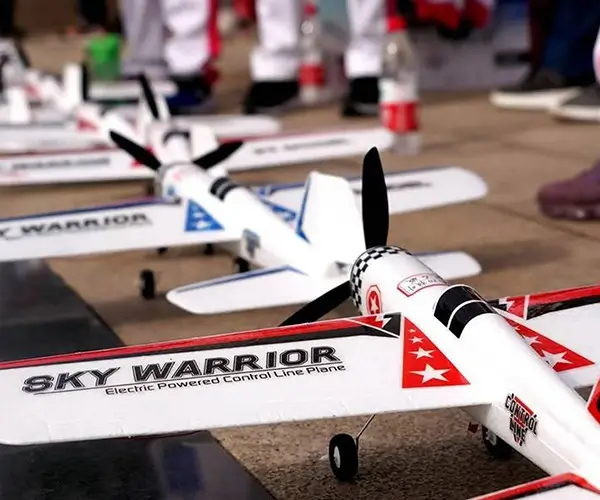Sure! Here's a lively, engaging, and SEO-optimized article about monolith vs microservice architecture, with a spontaneous, conversational tone and plenty of specific examples to keep things vivid and digestible:

When you’re diving into building a new product or refining an existing one, the big question often pops up—should I go monolith or microservices? It’s like choosing between a classic, all-in-one cake or a layered parfait with different flavors. Both have their ups and downs, but how do you really decide which fits your project best?
Let’s start with monoliths. Imagine a giant, single package—everything tightly woven together: user interface, data processing, database interactions. It’s straightforward, easy to develop initially, and you get the entire system working in one shot. Think about that app you built back in college—everything in one folder, running as a single program. It sounds simple, right? But when your app starts to grow, suddenly, every small change feels like walking on thin ice. An update in one part might break something else, making debugging a nightmare. Plus, scaling becomes a hassle; you can’t just bump up one piece without scaling the entire monolith, which is often costly.
Now, microservices are another story. Picture a bunch of tiny, specialized services—each doing one thing really well—like a team of skilled artisans. One handles user login, another processes payments, yet another manages notifications. They talk to each other through well-defined APIs, like good friends passing notes. This setup offers incredible flexibility. Want to upgrade the payment system? Just swap out that microservice without touching the entire app. Scaling is more efficient too—you can boost only the parts that need extra juice. Think about Netflix: their streaming service is a giant puzzle built from many microservices. When the demand for streaming suddenly spikes, they can spin up more servers for video delivery without bothering the login system.
But hold on—microservices aren’t perfect fairy tales. They introduce complexity. Managing dozens of services means more orchestrations—more moving parts, more things that can go wrong. If the communication breaks down or if services aren’t synchronized properly, it can cause headaches. Deployment cycles get trickier too; instead of rolling out one update, you’re juggling many.
So, which one wins? It depends. If your project is small or in its early stages, a monolith might save you time and headache. But if scalability, flexibility, and rapid deployment matter more, microservices could be your best bet. Imagine writing a book—you don’t want to carve each chapter out and publish separately unless you’re ready for a complex editing process.
Here’s a question often asked: Can I start with a monolith and transition later? Absolutely! Many successful companies do just that—start simple, then break their monolith into microservices as the product matures and demands grow.
Quality aside, the real key is understanding your needs. Do you prefer quick, straightforward development or long-term flexibility? Sometimes you need to experiment with architecture styles like you’d try on different shoes—see what fits best. The right choice can make your life easier, your system more resilient, and your team happier.
So, next time you’re pondering your architecture, remember: there’s no one-size-fits-all. It’s about matching your project’s pace, team capabilities, and future goals. And hey, if you need guidance, the good news is—there’s a solution out there that aligns perfectly with your vision.
Established in 2005, Kpower has been dedicated to a professional compact motion unit manufacturer, headquartered in Dongguan, Guangdong Province, China. Leveraging innovations in modular drive technology, Kpower integrates high-performance motors, precision reducers, and multi-protocol control systems to provide efficient and customized smart drive system solutions. Kpower has delivered professional drive system solutions to over 500 enterprise clients globally with products covering various fields such as Smart Home Systems, Automatic Electronics, Robotics, Precision Agriculture, Drones, and Industrial Automation.




































